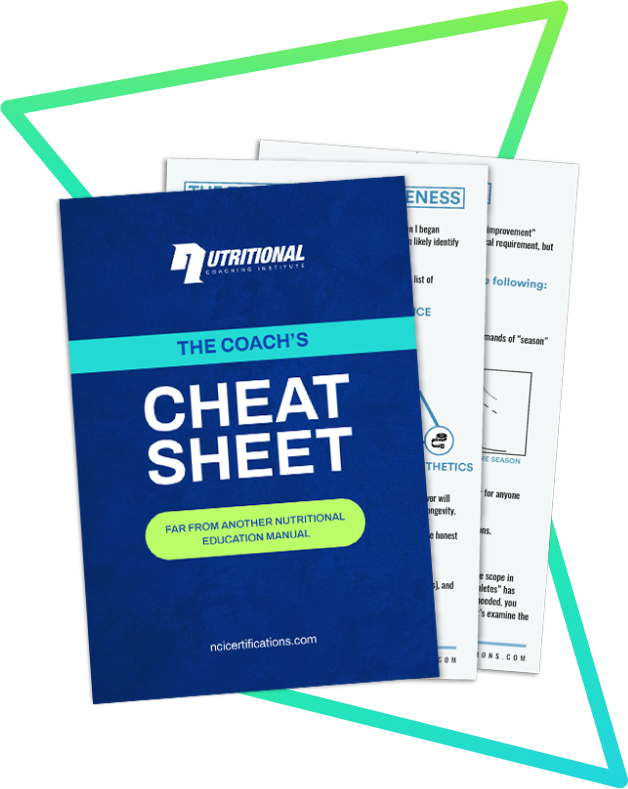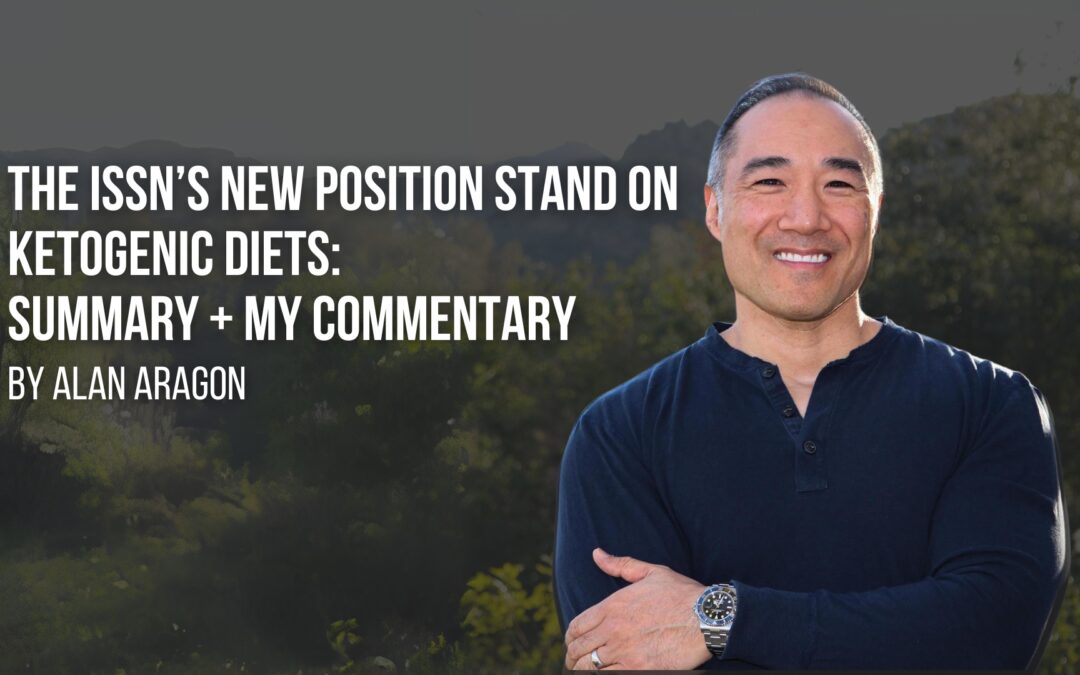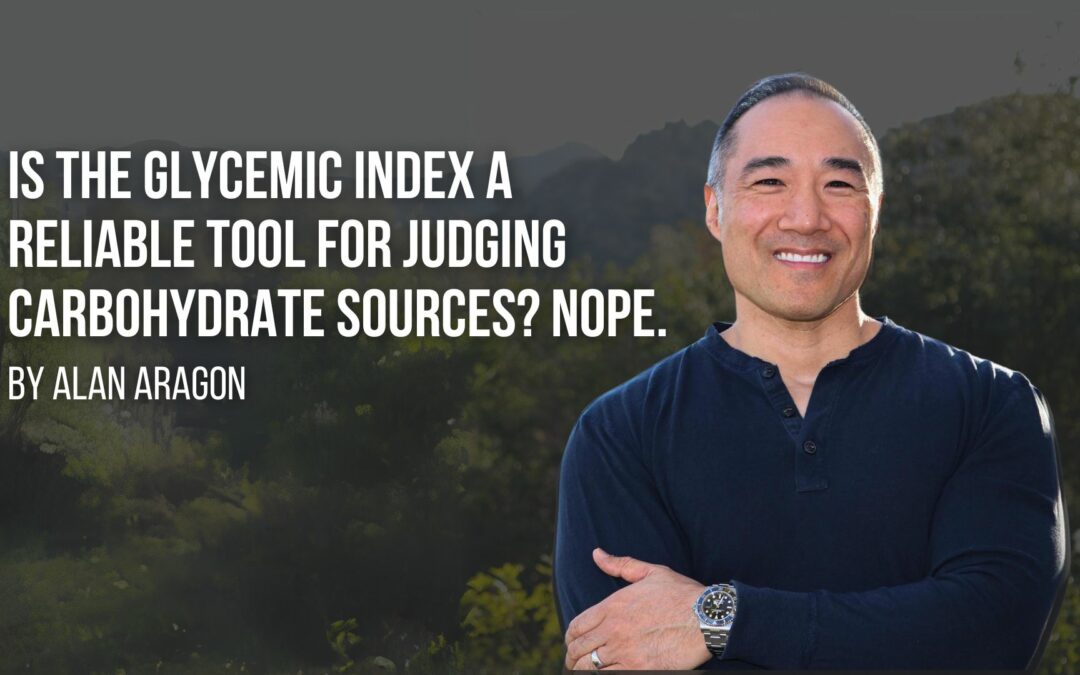Often misunderstood, calorie count appears to be the key element of anybody’s diet. But is it really? When you dig deeper into it, it’s apparent that calories are more than just something you quantify.
Alarmingly, even some coaches struggle to fully understand calories.
But, they are not to blame because there’s so much confusing information that it’s sometimes hard to discern what’s right.
So, this article aims to provide information for both coaches and regular folks who wish to get a deeper understanding of calories.
But, before we dive into the topic, I’d like to share Tommy’s experience with NCI and how much he’s learned from us.
When he came to NCI, he already had a few nutrition coaching certifications. So, he felt that he had a pretty good understanding of science and the basic principles.
But, Tommy also felt that something was amiss …
He had a few clients who seemed to be doing everything right but couldn’t stick to the plan. Either that or they just weren’t getting results.
At NCI, we helped Tommy put together everything he needed to achieve better results. We also filled in the gaps in his knowledge and created a system to help his clients stick to the proposed routine.
Understanding calories, which you’re about to do today, was one of the critical elements of Tommy’s success.
Calories and Nutrition 101
What are calories in the framework of nutrition?
It’s the amount of energy that we consume from food. It’s also the amount of energy we expend during physical exercise.
The definition is straightforward. But when discussing calories, we also have to cover the macronutrients.
Macronutrients and Resting Metabolic Rate
Each macronutrient has a unique number of calories.
Proteins, for example, have four calories per gram, which is the same as carbohydrates. By contrast, there are nine calories per gram of fat.
These are the three macronutrients, though some believe that alcohol is also a macronutrient.
It’s not!
But your clients may swear that it is, so let’s cover that as well. In short, alcohol has seven calories per gram.
Anyway, when you get into calories and start looking at the overall daily energy expenditure, you need to understand the resting or basal metabolic rate. That is the number of calories required to keep your body functioning at rest.
But, how do you calculate that?
There are a few ways, some of which are covered in my book. I don’t want to go into this now because there are a lot of online calculators that can help you figure it out. Only note that if you’re going to formulate caloric or macronutrient prescriptions for your clients, you should always use the same calculator.
Let’s go back to the resting metabolic rate, the amount of energy to stay alive when there’s no activity.
When you wake up and lie in bed doing absolutely nothing, the amount of calories needed to keep you in that state is your resting metabolic rate.
However, many factors can affect an individual’s resting metabolic rate.
For instance, a person’s amount of lean tissue is one. It’s also been hypothesized and sometimes validated that the weather is another. Colder climates can also increase your resting metabolic rate via thermodynamics.
Calories For an Olympic Swimmer
To bring the mechanism behind the thermodynamics theory closer, I’d like to tell you about an Olympic swimmer who was on the cover of Sports Illustrated.
I mean, the guy was absolutely ripped to shreds with eight-pack abs. But, he was remembered for taking in 10,000-12,000 calories per day.
Sure, it’s wrong to think that this is his resting metabolic rate. But, this example ties into the idea that thermodynamics affects calorie expenditure.
The thing is, the swimmer’s body had to come up with something to overcome the water’s lower temperature. And the calorie is the unit for heat as well.
So, the swimmer was blowing off energy and expending calories all the time. It wasn’t happening only in the pool or just from his activities, but whenever he had to regulate his body temperature, which is all the time.
But if you’re not an Olympic swimmer, a history of crash dieting can also increase your resting metabolic rate. It could be a precursor for what’s known as metabolic adaptation.
Without going into all the details, know that there are several metabolic adaptations that occur naturally. However, the condition of being metabolically adapted is something to avoid because it comes from chronic over-dieting, which the body never truly recovers from.
Dietary Induced Thermogenesis
This is also called the thermic effect of feeding. It’s the caloric expenditure above a resting metabolic rate from processing your food.
Now, you might have heard that things like vegetables and high-fiber foods can be negative calories.
… But that doesn’t exist.
On the other hand, certain foods do have a very high thermic effect and require more energy to process.
You may take in more calories from such food, but they’ll help later in the dieting process as the calories become lower.
As for macronutrients and their thermic effect on feeding, the numbers are:
Fats and carbs: 5%-15% thermic effect
Proteins: 20%-35%
But what does this mean for dieting?
When somebody is trying to get leaner and leaner, we know the calories are getting lower. Critically, there’s a floor that we don’t want to go beyond, so we choose food that has a high thermic effect.
And this is the reason high-protein diets are touted as the best for fat loss.
However, it’s not solely because the protein thermic effect is so high. It’s a combination of a number of things.
Make Your Calories Count
In all honesty, this article only scratched the surface of the science and mechanisms behind calories. Still, you should now have a much better understanding of what calories are and how they affect your body.
Of course, the key is to know which micronutrients are the most beneficial for your body. But there’s no such thing as one diet or program fits all.
Keep that in mind before you start dieting or prescribe a diet.





